How to Build a Strong Network of Local Business Referral Partners
How to Build a Strong Network of Local Business Referral Partners When a homeowner trusts you enough to recommend you, that’s one...
4 min read
Mikayla Martinsen
:
August 12, 2024
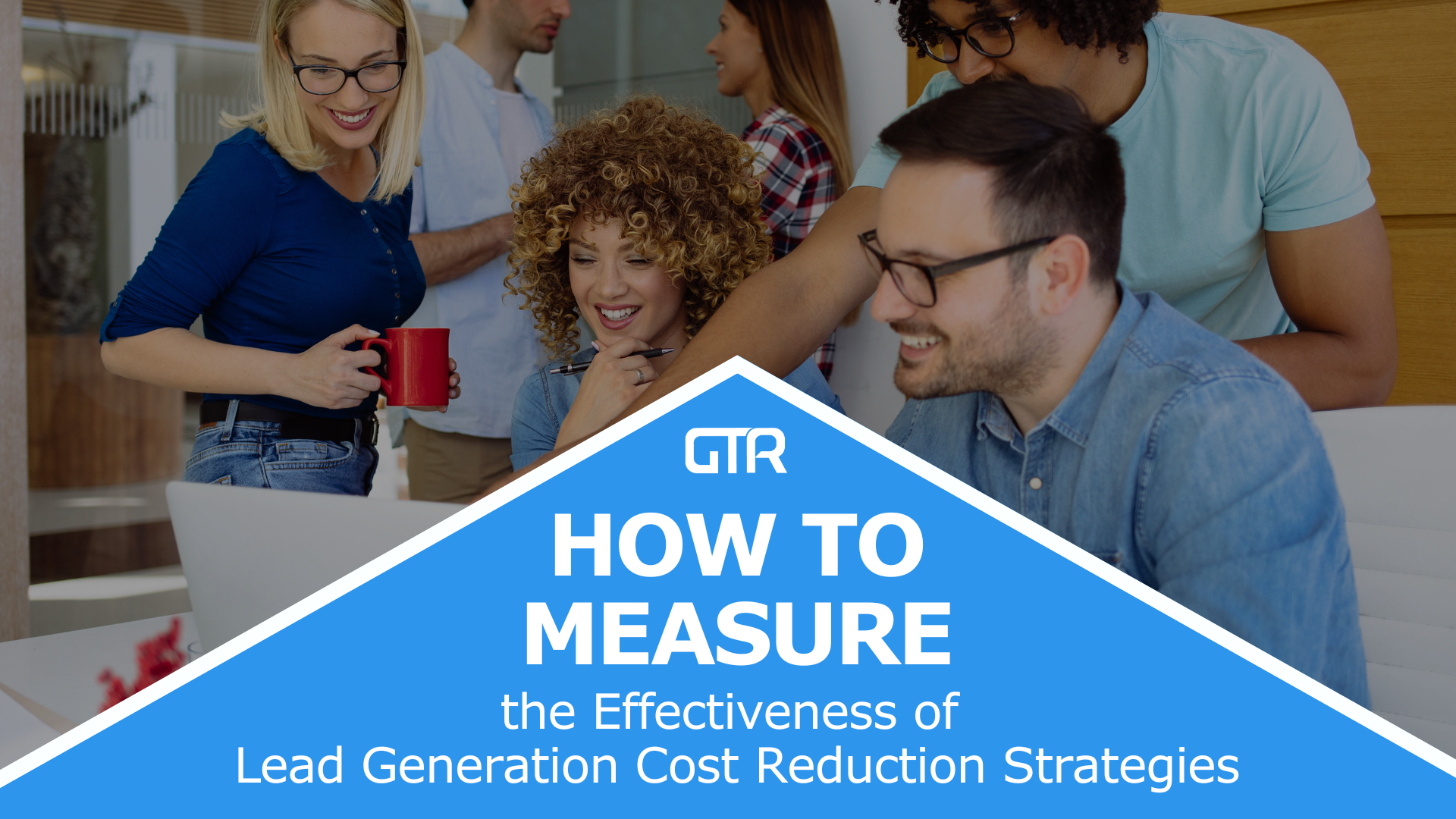
 Cutting lead generation costs is great, but if you’re not measuring the impact, you’re flying blind. As a home services business owner, you need to ensure that the strategies you’re using to trim down expenses are delivering results. Here’s a breakdown of the key metrics you should be tracking to make sure your efforts are paying off.
Cutting lead generation costs is great, but if you’re not measuring the impact, you’re flying blind. As a home services business owner, you need to ensure that the strategies you’re using to trim down expenses are delivering results. Here’s a breakdown of the key metrics you should be tracking to make sure your efforts are paying off.
What It Is: The total cost spent on generating leads divided by the number of leads you acquire.
Why It Matters: Think of CPL as your efficiency gauge. If your CPL is dropping, it means you’re getting more leads for less money—always a win in our book. Regularly tracking CPL lets you see if your cost-saving strategies are actually working.
Example: Let’s say you spent $10,000 on a marketing campaign that brought in 50 leads. Your CPL would be $10,000 ÷ 50 = $200 per lead. If you implement a new strategy and your CPL drops to $150 per lead, you’re seeing more efficiency in your lead generation.
What It Is: The percentage of leads that turn into paying customers.
Why It Matters: A high conversion rate is like getting a pat on the back—your lead quality is solid, and your sales process is on point. This metric shows whether your leads are just window shopping or actually ready to buy.
Example: If you generated 100 leads and 20 of them became paying customers, your conversion rate is 20%. Improving your lead nurturing process—like following up quicker—could boost this to 30%, meaning more of your leads turn into actual customers.
What It Is: The total cost of acquiring a new customer, including all marketing and sales expenses.
Why It Matters: Lowering CAC is your golden ticket to better profitability. It’s like CPL’s more serious older sibling—it gives you the big picture by combining lead costs with conversion rates to see if you’re spending wisely.
Example: You spend $2,000 in total on marketing and sales to acquire 10 new customers. Your CAC is $2,000 ÷ 10 = $200 per customer. If you can lower this to $150 by refining your ad targeting, you’ll improve your profitability.
What It Is: The revenue generated from your lead generation efforts minus the cost, divided by the cost.
Why It Matters: ROI is the ultimate reality check—it tells you whether all that hard work and spending are actually making you money. If your ROI isn’t where it should be, it’s time to revisit your strategy.
Example: Imagine you spent $1,500 on a lead generation campaign that brought in $6,000 in revenue. Your ROI is ($6,000 - $1,500) ÷ $1,500 = 3, or 300%. If another campaign generates $10,000 from the same spend, your ROI increases, showing better effectiveness.
What It Is: A score that ranks leads based on their likelihood to convert, often determined by behavior and demographic info.
Why It Matters: Not all leads are created equal. A high Lead Quality Score means you’re focusing on the leads most likely to turn into paying customers, which makes your sales efforts more efficient.
Example: You assign scores to your leads based on their engagement (e.g., clicking on emails, visiting key pages on your website). Leads with higher scores are prioritized by your sales team, resulting in a higher conversion rate since you’re focusing on those most likely to buy.
What It Is: The total revenue you expect to earn from a customer over the life of your relationship.
Why It Matters: Understanding LTV helps you figure out how much you can afford to spend on acquiring a lead while still making a profit. It’s the metric that tells you whether your customers are really worth the chase.
Example: If a customer typically spends $500 per service call and uses your services four times over three years, their LTV is $2,000. Knowing this, you decide it’s worth spending up to $300 on acquiring each new customer.
What It Is: The time it takes to respond to a new lead.
Why It Matters: Faster response times can make a world of difference. The quicker you get back to a lead, the higher your chances of converting them. It’s all about striking while the iron’s hot.
Example: After a lead submits a request for more information, your team responds within an hour, resulting in a 50% conversion rate. Compare this to a scenario where it takes your team 24 hours to respond, and the conversion rate drops to 10%. Speed clearly matters.
What They Are: Metrics like email open rates, click-through rates, and social media interactions.
Why They Matter: Engagement metrics tell you whether your content is resonating with your audience. If people are opening your emails and clicking on your links, it means you’re on the right track.
Example: You send out an email campaign to 1,000 potential leads, and 200 of them open it (20% open rate). Out of those, 40 click through to your website (4% click-through rate). If you tweak the subject line or content and see the open rate jump to 30% and the click-through rate to 8%, your engagement has significantly improved.
What It Is: The percentage of website visitors who become leads.
Why It Matters: If your traffic-to-lead ratio is high, your website is doing a great job converting visitors into potential customers. If it’s low, it might be time to rethink your website content or calls to action.
Example: Your website gets 1,000 visitors, and 50 of them fill out a contact form, giving you a traffic-to-lead ratio of 5%. If you redesign your landing page and see this ratio increase to 10%, your site is doing a better job at converting visitors into leads.
What It Is: How well different lead generation channels—like social media, email marketing, and PPC—are performing.
Why It Matters: Not all channels are going to give you the same bang for your buck. By tracking which ones are most cost-effective, you can allocate your budget more wisely.
Example: You’re running ads on Facebook and Google. Facebook ads cost $500 and generate 25 leads ($20 per lead), while Google ads cost $500 and generate 50 leads ($10 per lead). In this case, Google ads are more cost-effective, so you might consider reallocating more budget to Google.
By keeping an eye on these metrics, you can fine-tune your lead generation cost-reduction strategies and make sure you’re getting the most out of every dollar spent. Remember, it’s not just about cutting costs—it’s about making smart, data-driven decisions to grow your business.
.png?width=780&height=439&name=GTR%20Results%20(1).png)

How to Build a Strong Network of Local Business Referral Partners When a homeowner trusts you enough to recommend you, that’s one...
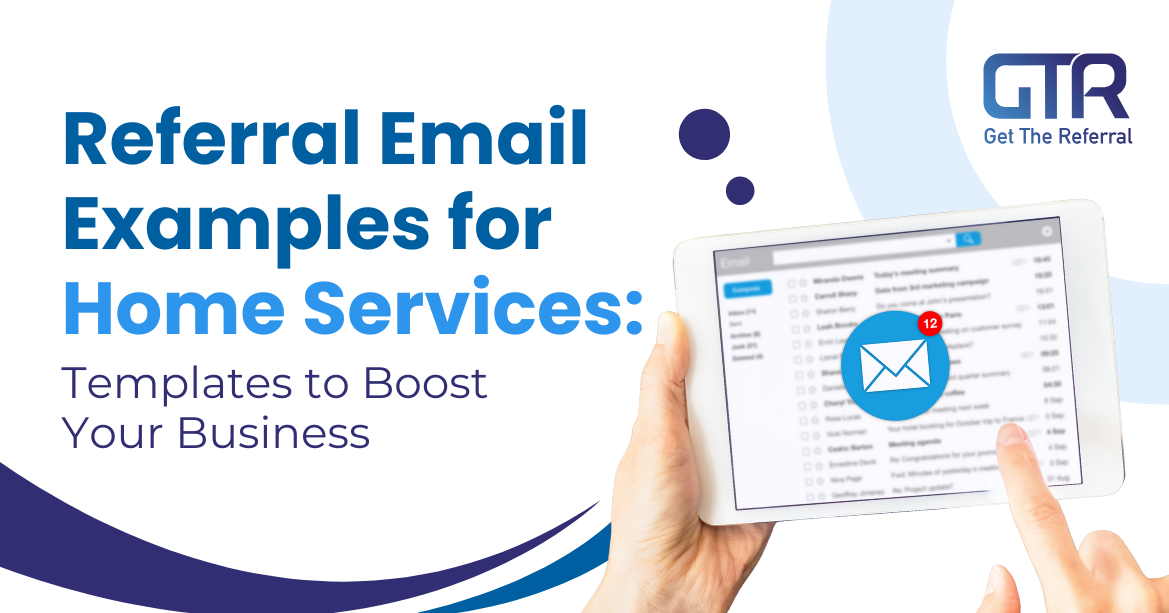
Referral emails are one of the most effective tools in a home services company’s marketing arsenal. Whether you're tapping into the networks of happy...
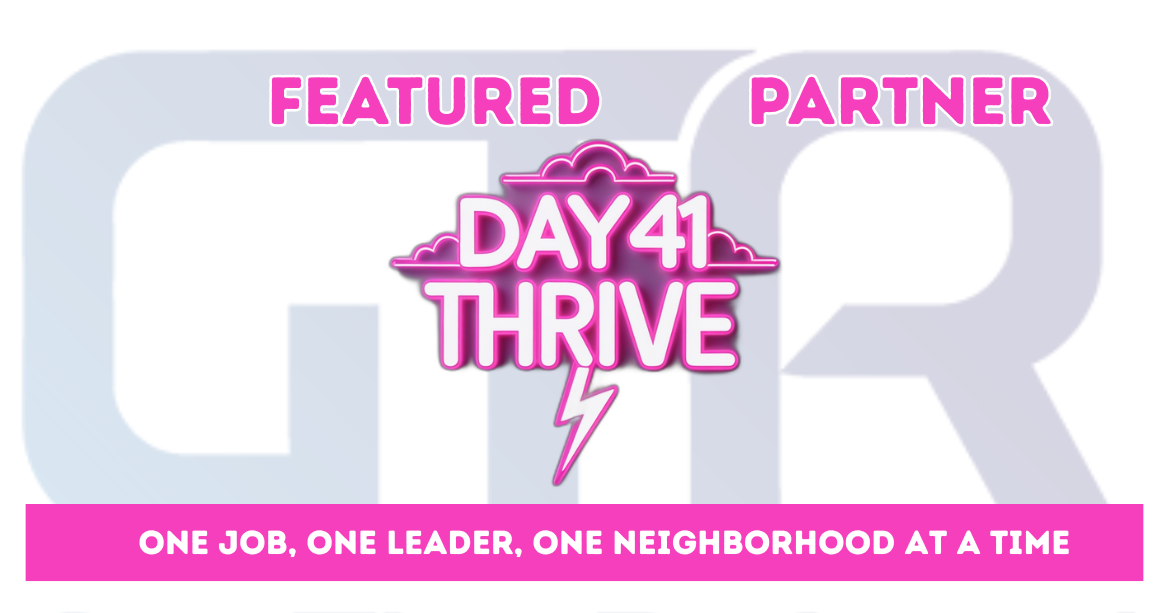
At GTR, we love partnering with companies that share our commitment to helping home services businesses grow sustainably, confidently, and profitably.
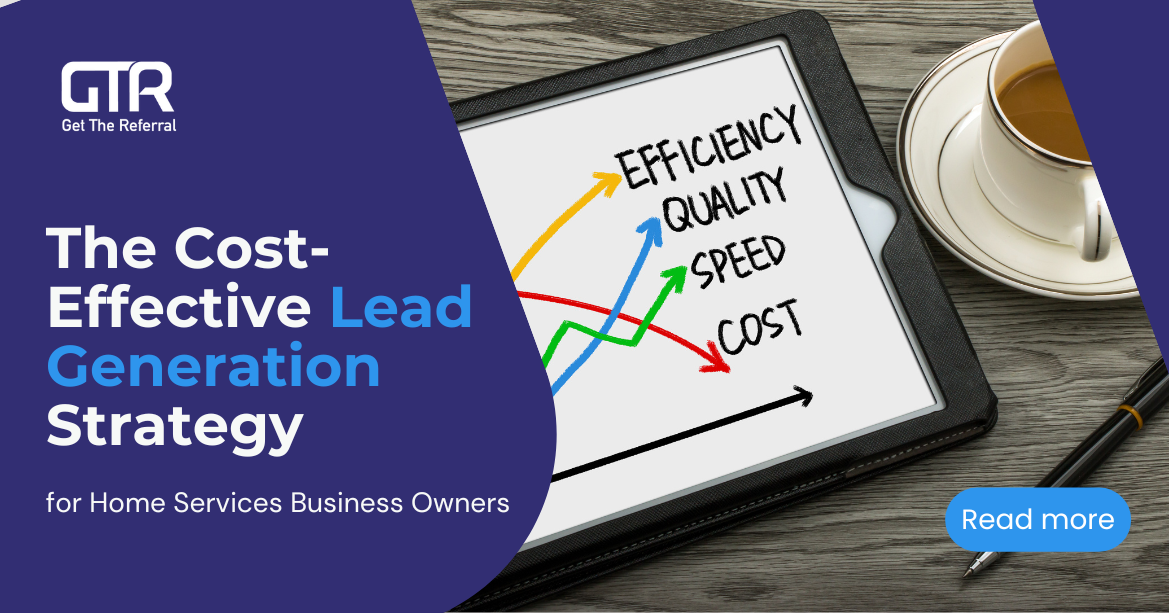
Let’s face it—lead generation in the home services industry isn’t getting any cheaper. Whether it’s pay-per-click (PPC) advertising, buying leads, or...
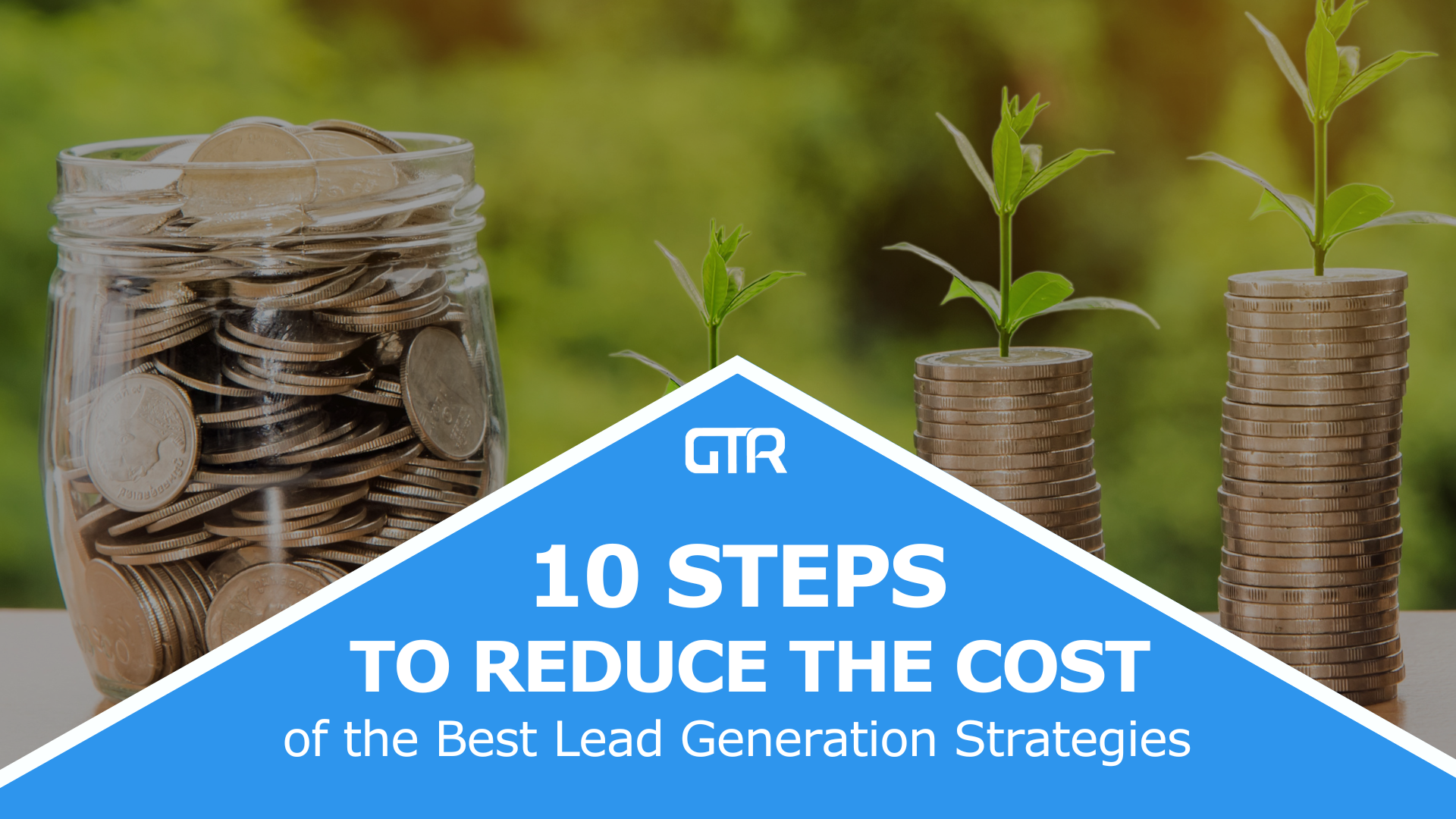
As a home services business owner, you probably know how challenging it can be to keep lead generation costs in check while still attracting...
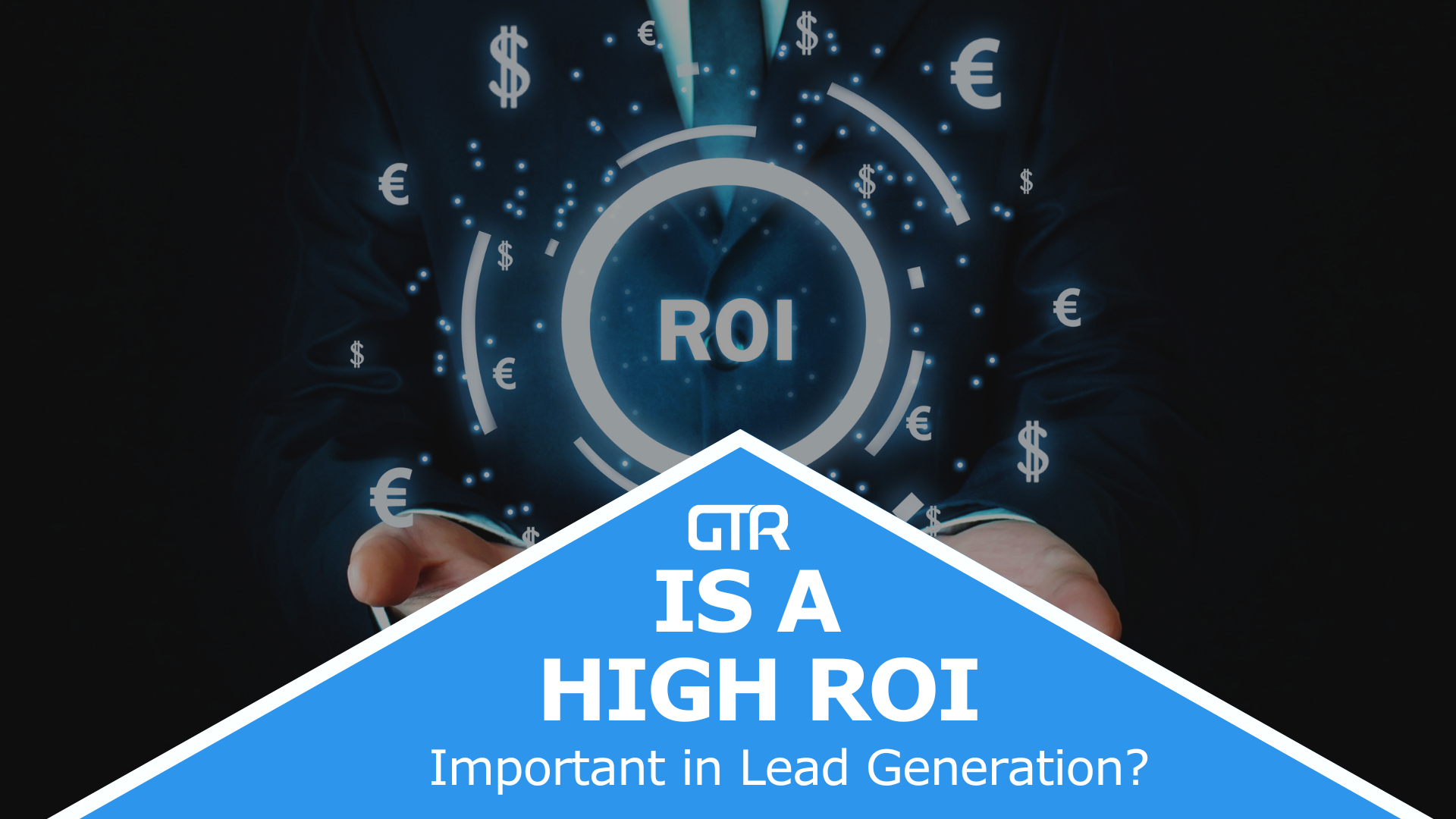
Absolutely! If you’re running a home services business, you know every dollar counts, especially when it comes to marketing. That’s why getting a...